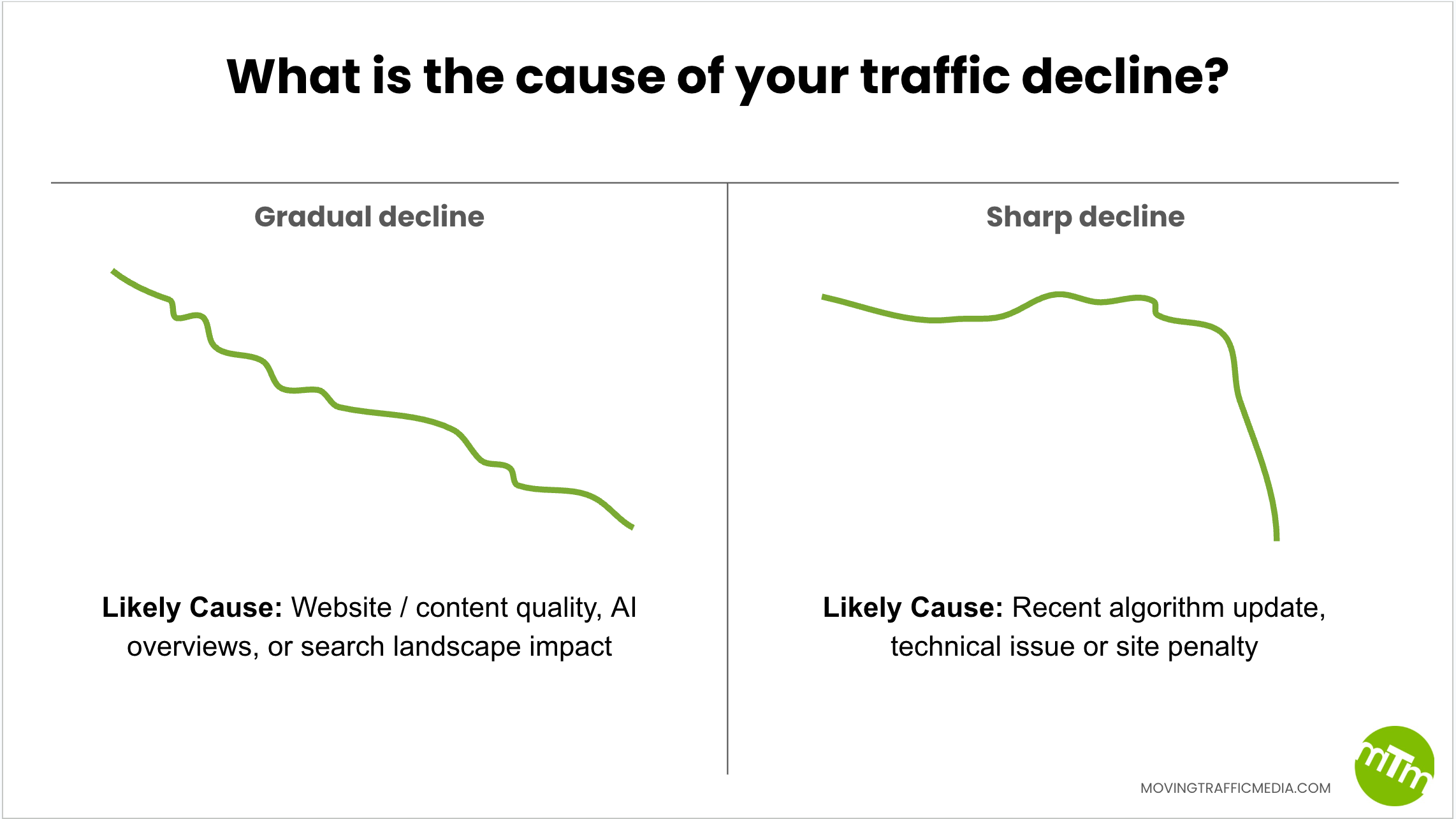Many financial businesses struggle with high bounce rates, low conversion rates, and poor user engagement due to outdated or ineffective website designs. Visitors often leave if they find the site confusing, untrustworthy, or difficult to navigate. A poorly optimized finance website can lead to lost opportunities, as potential clients may seek competitors with a more professional and user-friendly online presence.
To combat these challenges, financial websites must prioritize conversion rate optimization (CRO) strategies. CRO enhances the user experience to encourage visitors to take the desired actions, such as filling out a contact form, scheduling a consultation, or downloading a financial guide. By implementing key CRO elements, businesses can enhance credibility, streamline navigation, and ultimately drive more conversions.
Below are ten essential CRO elements to include in your finance website design to maximize performance and client acquisition.
1. Clear and Compelling Value Proposition
A strong value proposition immediately communicates what your financial services offer and why visitors should choose you over competitors. For an accounting website design, this means highlighting expertise, reliability, and unique benefits such as tax savings or personalized financial planning.
The headline should be concise, such as “Expert Financial Guidance Tailored to Your Goals,” while supporting text can elaborate on key differentiators. Placing this above the fold ensures visitors grasp your value within seconds, reducing bounce rates and encouraging further engagement. Additionally, pairing the value proposition with a high-quality image of a satisfied client or a professional team can reinforce trust and relatability.
2. Intuitive Navigation and User-Friendly Layout
A cluttered or confusing layout can frustrate users and drive them away. Financial websites must prioritize intuitive navigation with well-organized menus, clear categories, and a logical flow. Dropdown menus can help streamline access to services like tax planning, investment advice, or loan options.
A clean, professional design with enough white space improves readability and keeps users focused on key conversion points, whether it’s scheduling a consultation or downloading a financial guide. Additionally, a sticky header that remains visible as users scroll ensures easy access to important pages, reducing friction in the user journey.
3. Trust-Building Elements
Trust is critical in finance, where clients entrust sensitive information and major financial decisions to professionals. Displaying trust signals such as client testimonials, industry certifications, and partner logos reinforces credibility. Including an “About Us” section with team bios and professional qualifications humanizes the brand, making it more approachable.
Security badges, SSL certificates, and privacy policy links also reassure visitors that their data is safe, increasing the likelihood of form submissions or inquiries. Another effective trust-building tactic is showcasing media mentions or awards, as third-party validation enhances perceived authority.
4. High-Quality, Relevant Content
High-quality content is crucial for informing audiences and motivating them to take action. A financial website should offer valuable resources such as educational articles, real-world case studies, and in-depth white papers that tackle frequent challenges—like saving for retirement or managing debt. To enhance clarity, content should be organized with clear headings, bullet points, and relevant visuals.
Including an FAQ section can address common concerns upfront, minimizing doubts and motivating users to proceed. Video material, such as tutorial clips or testimonials, can also boost engagement by breaking down complex financial topics into digestible insights. Frequent content updates not only keep visitors informed but also enhance search engine visibility by indicating an active and up-to-date site.
5. Strong Call-to-Action (CTA) Buttons
Every page should guide users toward a desired action, whether it’s booking a consultation, downloading an eBook, or signing up for a newsletter. CTAs must stand out with contrasting colors, persuasive copy such as “Get Your Free Financial Audit,” and strategic placement.
Focus on one primary CTA per page to streamline decision-making. For example, a service page should prominently feature a “Schedule a Free Consultation” button, while a blog post might conclude with a “Download Our Investment Guide” call-to-action (CTA). Testing different CTA placements, such as inline within content, floating sidebars, or pop-ups, can help determine what drives the highest conversions.
6. Fast Loading Speed
Slow-loading websites leads to high abandonment rates, especially in finance, where users expect efficiency. Optimizing images, leveraging browser caching, and using a reliable hosting provider can drastically improve load times.
A fast, responsive site enhances user experience and supports higher search engine rankings. Tools like Google PageSpeed Insights can help identify performance bottlenecks and suggest improvements.
7. Lead Capture Forms with Minimal Friction
Lengthy or complicated forms deter potential clients. Financial websites should use concise, intuitive forms that request only essential information, such as name, email, and phone number. Multi-step forms can improve completion rates by breaking the process into manageable sections.
Offering an incentive, such as a free financial assessment, can further motivate submissions. Additionally, integrating autofill features and clear error messages reduces frustration. For higher conversions, place forms on high-traffic pages, ensuring they are easily accessible without excessive scrolling.
8. Mobile-Optimized Design
With over half of web traffic coming from mobile devices, a responsive design is non-negotiable for excellent customer service. Buttons should be thumb-friendly, text must be legible without zooming, and forms should auto-adjust for smaller screens.
A seamless mobile experience ensures users can easily explore services, contact the firm, or access resources on the go. Google’s mobile-first indexing means that a poorly optimized mobile site can also hurt search rankings.
9. Live Chat and Quick Contact Options
In the financial sector, timely support is crucial for making informed decisions. Integrating live chat or AI-powered chatbot functionality into your professional website design ensures that visitors receive instant answers to common questions, such as “What are your fees?” or “How do I open an account?” thereby reducing frustration and preventing drop-offs. For more complex inquiries, chatbots can seamlessly escalate to a human representative, ensuring a wide range of user needs are met efficiently.
To further improve accessibility, your website should feature:
- Prominently displayed contact details (phone numbers, email addresses)
- Click-to-call buttons (optimized for mobile users)
- Easy-to-find contact forms
A modern layout with an intuitive interface ensures smooth navigation, while a simple design allows users to quickly find support options. By prioritizing seamless communication, you enhance user satisfaction and trust, key elements of inspirational designs in the financial industry.
10. A/B Testing and Continuous Optimization
CRO is an ongoing process that thrives on data-driven refinements. By leveraging A/B testing, you can experiment with various calls to action (CTAs), headlines, layouts, and graphic elements to determine what resonates most effectively with your audience. A clean design with an intuitive layout ensures seamless navigation, while vibrant colors and modern design elements can enhance engagement.
Incorporating social proof, such as testimonials or trust badges, builds credibility, and testing a wide range of visuals helps identify the highest-performing options. Tools like Google Optimize and Hotjar provide valuable insights into user behavior, allowing you to refine your strategy over time.
Key metrics to track include click-through rates, bounce rates, and conversion rates, ensuring every change is optimized for performance. By continuously testing and refining, you can maintain a high-converting, visually appealing experience that drives results.
Bottom Line
A high-converting finance website requires more than just aesthetics. It demands strategic CRO elements that enhance usability, trust, and engagement. Financial businesses must continuously refine their websites based on industry trends to stay competitive. Start optimizing today to maximize conversions and grow your financial business in an increasingly digital world.





